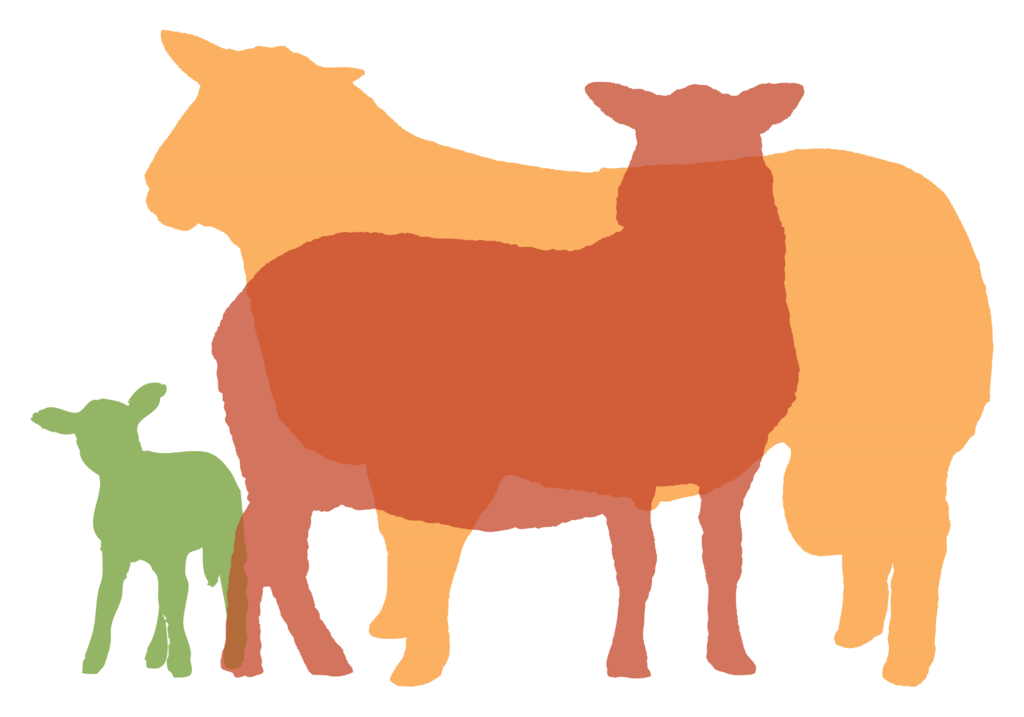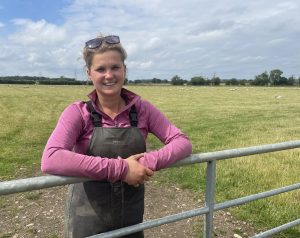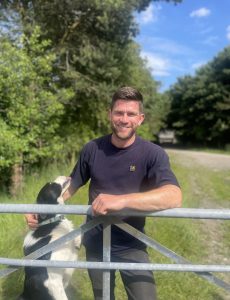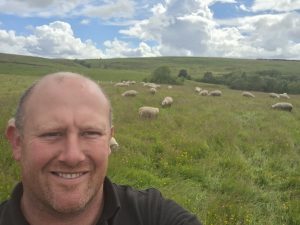Garry Williams from Blaencennen, Gwynfe, Llangadog shares his reasons of choosing Aberfield for this flock.
“We chose the Aberfield simply because it has proved over the last seven years to be more sustainable; the rams are hardier, last longer, and leave better deadweight lambs; they are enabling us to successfully achieve one of our ongoing challenges – to rein in costs,” he says. “Furthermore, the Aberfield is siring ewe lambs for breeding purposes which are finding continual demand from commercial producers.
“We traditionally bred Welsh Mules from our 350-ewe closed flock of Welsh Mountain cross Cheviots run on our hill unit,” Garry explains. “However, they came with a massive cost; they had to be fed concentrate, trimmed and coloured and the Leicester rams had their various weakness.
“We introduced the Aberfield in 2010, and it came to stay. Apart from being grass reared and a great deal more sustainable working for four seasons, Aberfield cross lambs are hardier and higher performing, they’re proving to be in demand, and overall they require a lot less labour.”
Late March born Aberfield cross ewe lambs reach target 36kg to 48kg at point of sale to repeat customers by the end of September. “They used to buy my Welsh Mules, however they now prefer the Aberfields having found they are an easier sheep to manage and they can stock at between 15% and 20% higher rates.
“Aberfield cross wether lambs are reaching 19.5kg deadweight and within spec from 16 weeks, and they are all finished off forage crops by end of November – we annually grow 10 to 15 acres of swedes which provide an entry in to a continual grass clover mix reseeding programme.”
Blaencennen also runs a closed flock of 300 Welsh ewes which has been annually performance recorded the flock since 1994. “We have a lot in common with Innovis and firmly believe in its science led strategy.”
He adds: “I’m a stockman and a great believer in genetic improvement along with sheep health schemes. Too many sheep continue to be bred and fed by ad lib concentrate when in fact their genetic potential should be realised on forage based systems – forage is after all the cheapest form of feed.”



